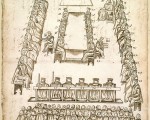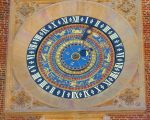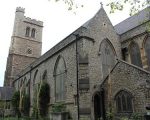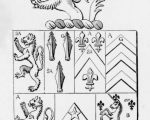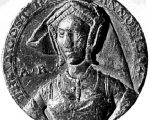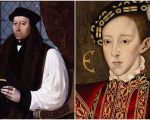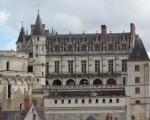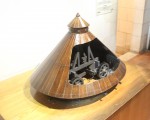Note: I say that Margaret of York was the Princes’ sister, when actually she was their aunt. Sorry!
On this day in Tudor history, 23rd November 1499, in the reign of King Henry VII, pretender Perkin Warbeck was hanged at Tyburn after allegedly plotting to help another claimant, Edward, Earl of Warwick, escape from the Tower of London.
Perkin Warbeck had claimed to be Richard of Shrewsbury, Duke of York, the younger of the Princes in the Tower, and had even been proclaimed King Richard IV, but his rebellion and claim failed.
In today’s talk, I give Perkin Warbeck’s background, and explain how he ended up trying to claim the throne of England, and what happened.
[Read More...]
